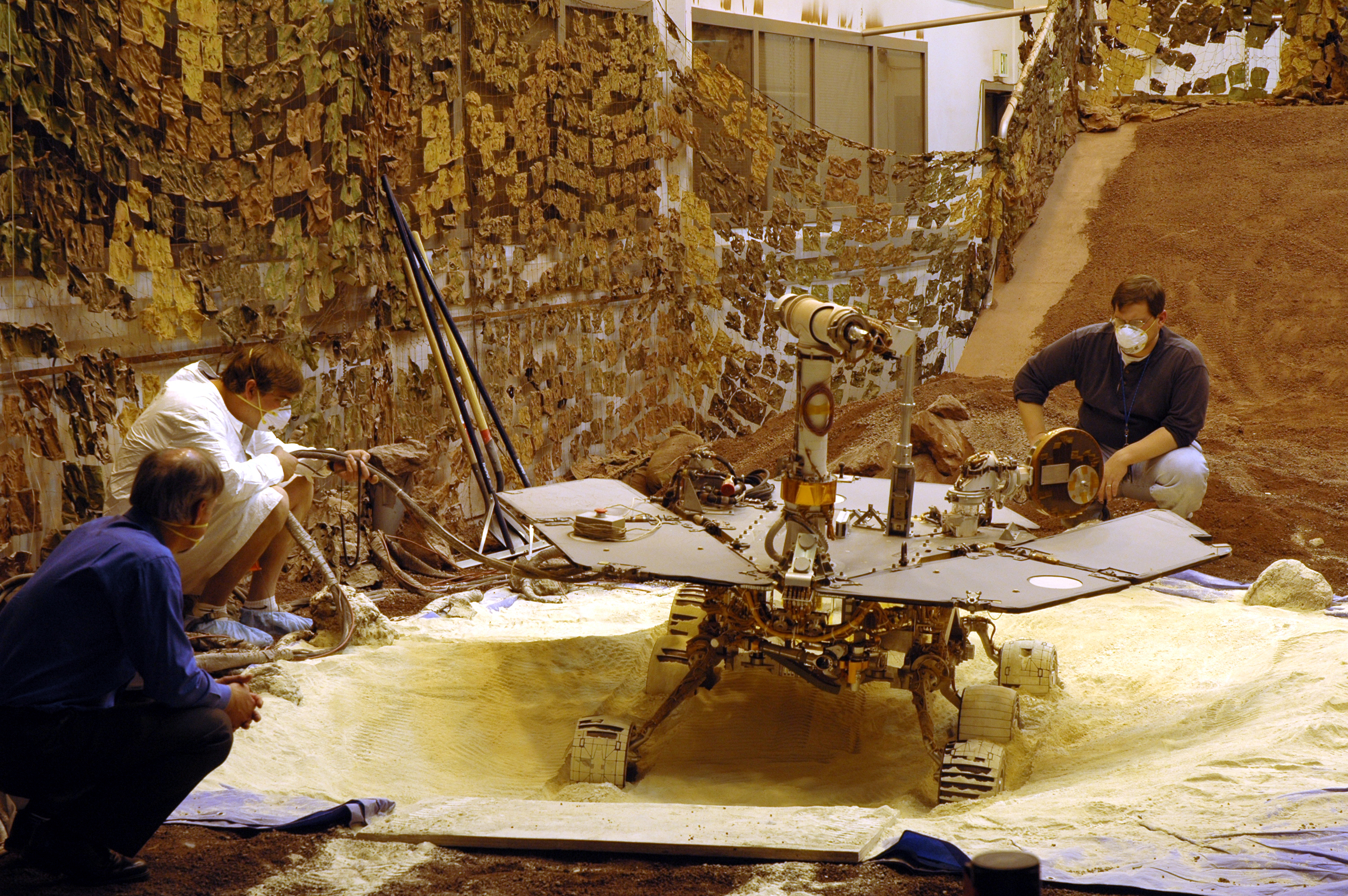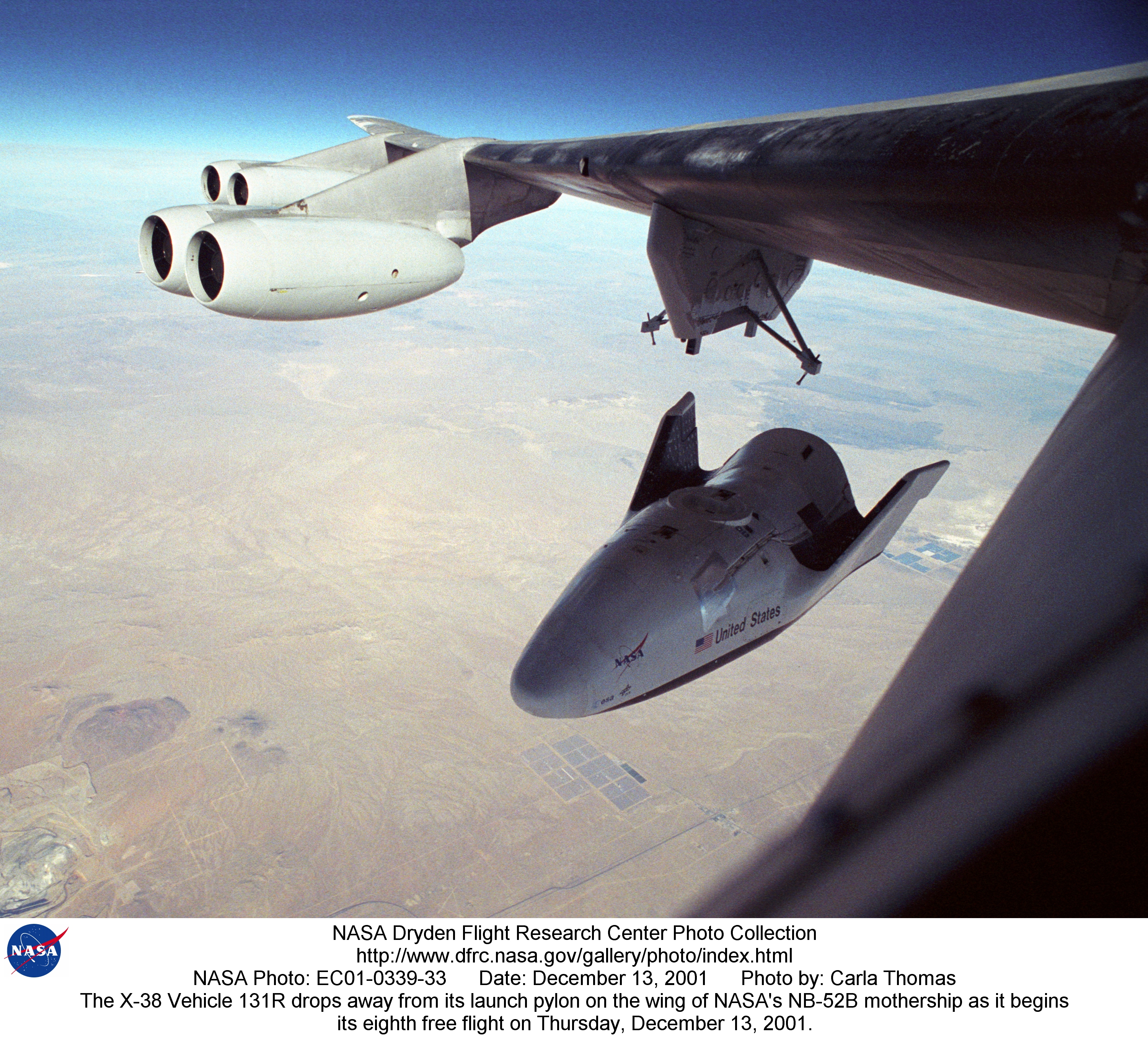![]()
By Julie Gravallese, Ren Resch, Jean Tatalias, and Don Cohen
The MITRE Corporation’s goal is to “bring the corporation to bear” on critical national problems — to apply all its relevant knowledge and experience to each of the complex projects it takes on for the U.S. government. Making valuable knowledge available when and where it is needed has always been a primary aim of knowledge management and the goal of many knowledge-intensive organizations. MITRE has succeeded far better than many organizations at supporting the learning and knowledge sharing that bringing the corporation to bear requires. The practices, technologies, values, and environments behind this success offer a useful model of how knowledge sharing works. MITRE’s experience shows that there is no single source of effective collaboration and certainly no technology “solution” that makes it happen. Collaboration and effective knowledge management rest on a foundation of mutually supportive elements — a broad and varied collaborative landscape.
NASA and MITRE were both established in 1958, NASA in response to concerns over Soviet technological dominance represented by the launch of Sputnik and MITRE to support efforts to strengthen our nation’s air defense systems, a major cold war concern. MITRE is a private, not-for-profit organization that applies its expertise to U.S. government defense and security issues and other issues of national importance. Its 5,750 employees are divided between principal offices in Bedford, Massachusetts, and McLean, Virginia, and located at more than sixty sites around the world, mainly at facilities of its government clients. It takes on complex projects that demand effective knowledge sharing — no one person or isolated team can know everything required to do the work well, and MITRE’s accumulated experience is an expected and essential part of what it offers its clients.
The MITRE Information Infrastructure
MITRE’s corporate intranet and portal — the MITRE Information Infrastructure, or MII — is part of the company’s response to its knowledge and collaboration needs. It is an unusually sophisticated and successful example of this kind of technology — and one of the earliest, first used in 1995. It is telling, though, that as MITRE developed its collaborative technology, it continued to connect its campus buildings with enclosed walkways. MITRE’s leadership understands that meeting in person is an essential element of collaboration and knowledge sharing and that shaping the physical environment to encourage conversation is an important investment. Like other knowledge strategies we describe later, talking face to face is a medium of rich and subtle learning that documents in a repository cannot match, and it is an opportunity to strengthen the social ties and trust that make people more likely to use a system to which they and their colleagues contribute.
At MITRE, successful collaboration, and more specifically expertise location, relies on both the social networks the corporate culture encourages and fosters and the technology, primarily the MII. MII users seeking information on a particular subject — say enterprise systems engineering — can find relevant documents including reports, briefings, discussions, blogs, and community of interest Web sites, ranked by relevance to the topic. Users can also search the expertise locator to identify fellow employees or departments that have posted documents on the subject, ranked according to the likely depth of their expertise. The system bases the rankings on documents submitted to the MII and participation in community discussions. This approach to expertise location works better than self-reporting expertise locators — that is, systems based on profiles employees construct themselves to indicate their areas of competence and interest. Many organizations that try self-reporting expertise locators are disappointed by them. Some serious flaws undermine these systems: profiles quickly become outdated and few employees can be bothered to revise them every time they do new work or change focus; people are not necessarily good judges of their own expertise; and they seldom provide the level of detail that many knowledge seekers require. MITRE has successfully avoided these flaws, and internal experience shows that the results, while not perfect, closely match the names that the human knowledge networks would also point to.
The MII has worked well for more than a decade because the group that designed and manages it has been willing to let it evolve (and help it evolve) over the years in response to the needs and preferences of users. Jean Tatalias, MITRE’s director of knowledge services, notes, “The fundamentals remain the same, but we continually add content and applications, with major design upgrades every three to five years, including customization, navigation, and infrastructure enhancements.” A major change came early in its deployment. The original system design included “Publish” folders intended for important documents generated during project work and “Transfer” folders as a less formal, temporary document-exchange space. But users avoided the Publish folders, which to many suggested that only polished, “publishable” papers were acceptable. Also, the required HTML conversion was slower and less reliable than storing documents in their native formats. Staff used the Transfer folders as their main repository instead because they helped teams work across computer platforms and gave users the most control. Rather than trying to force users to obey the intended system “rules” (which never works), system designers eliminated the Publish folders and threw their support behind the Transfer folders.
How does the MII work in practice? Here is an example. A MITRE project leader receives a question from his government sponsor: What does MITRE know about UAVs (unmanned aerial vehicles)? He immediately turns to the MII collections and an active Listserv discussion to quickly find pertinent information. Within ten hours, he has accumulated a significant amount of data. He spends the next day working through the material to arrange the data into respective categories appropriate to the questions. Through the contacts made on the MII discussion list, he engages his colleagues in a quick peer-review process. He then creates an interactive CD with his findings, which includes a summary paper and hyperlinks to myriad resources. This neat little package gives his customers just about everything they need to make decisions on procuring and budgeting for UAVs.
The MITRE manager believes that having access to the breadth of information and active discussion groups is extremely valuable to the company and typifies MITRE’s ability to leverage its knowledge. The customer is surprised and impressed not only by the amount and quality of data, but by the amazingly quick turnaround time. It takes the customer two weeks to assimilate the data — and they consider the work a wonderful “Cliffs Notes” version of material supporting intelligence surveillance and reconnaissance. The blended use of technological and social infrastructure, including MII and the discussion groups that provide up-to-date input from colleagues, happens every day at MITRE. This particular instance occurred before the Listserv discussions were indexed; now they can be searched on the MII as well.
The Collaborative Landscape
As we have suggested, the MII could not work in a vacuum, no matter how well designed it is. A rich context of behaviors, values, and environments support it and all aspects of knowledge sharing. Physical workspace is one. As buildings are renovated, small kitchens and comfortable seating areas where small groups can sit and talk are included. The campus InfoCenters are adjacent to cafés that serve snacks and coffee — effective magnets for creating a collaboration catalyst and drawing people together.
MITRE also uses technology to extend workplace connections. Its extensive, high-quality videoteleconferencing facilities allow multilocation meetings, discussions, and presentations. These “team rooms” go a long way toward making the Bedford and McLean offices, separated by more than 500 miles, feel like part of a single facility. Most other sites also have videoteleconference facilities that link them to both campuses and to each other (i.e., multipoint). While the company used to use the term “reach back” for site personnel to take advantage of the expertise of main-campus employees, it now uses “reach across,” expanding the meaning to include tapping the extensive knowledge of employees located at customer sites.
Since its beginning, MITRE has had a collegial atmosphere and interest in learning that some employees describe as academic rather than corporate. Employees hold frequent Technical Exchange Meetings, or TEMs — as many as thirty a year on subjects ranging from performance engineering to service-oriented architectures to technology portfolio management. Anyone in the company can organize a TEM to share what they judge to be important ideas with their colleagues. The meetings are advertised through the MII News Center and banners, Listservs, community Web sites, and the MITRE Activities and Information Display (MAID) screens distributed throughout the MITRE campus. The TEMs are a major mechanism of knowledge exchange at the organization, a further opportunity for relationship building, and proof that MITRE takes its claim to “bring the corporation to bear” seriously. Members of MITRE’s Corporate Communications and Knowledge Services Division often act as reporters who capture the essential content of these meetings as a resource for both the attending staff and for future readers who could not attend but can access the records in the TEM archives.
Fulfilling the Mission
MITRE’s mission is to work in partnership with the government, applying systems engineering and advanced technology to address issues of critical national importance. Commitment to this essential work is an important part of the collaborative landscape. The shared goal of a worthwhile mission helps knit people together and tends to reduce the conflicts, competition, and suspicion that prevent knowledge sharing and other kinds of cooperation. The best NASA project managers know this and describe how keeping a project team’s collective eye on the mission goal supports collaboration and excellence. Knowledge management initiatives that emphasize financial savings or other efficiencies rarely win employees? wholehearted participation.
MITRE’s work for the government is neither simple nor straightforward. Government sponsors ask MITRE to undertake large, complex, and sometimes unique projects. No single person at MITRE has the skills to meet these challenges; no one element of the organization’s collaborative landscape is “the answer” to organizational knowledge and learning. MITRE’s work creates an intrinsic need to collaborate, builds teams with multiple skill sets, and provides systems, like the MII, to fulfill MITRE’s mission and truly bring the corporation to bear. The strength of what MITRE does lies in the consistency and interconnection of its values, goals, behaviors, practices, and technologies.
About the Author
 |
Ren Resch is a lead information systems engineer in MITRE’s Information Technology Center. |










